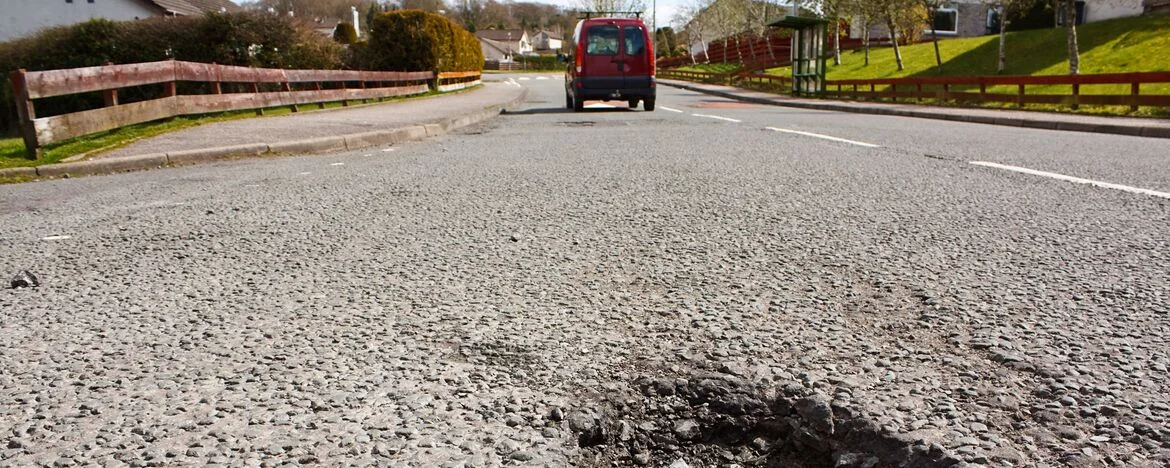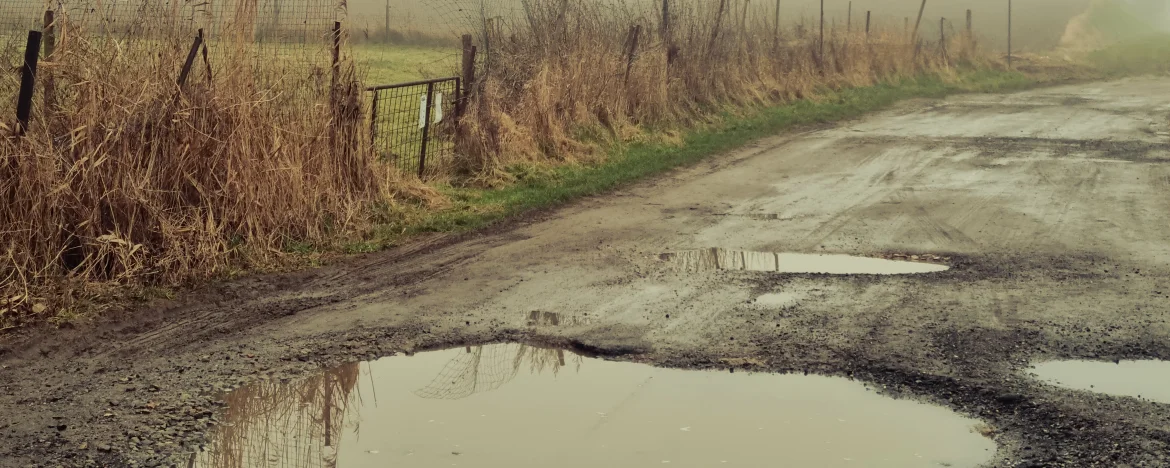Why are our roads already in such bad condition?
We can put our money where our mouth is – or more accurately, behind the dedicated findings of the RAC, who reported a 20% increase in pothole related breakdowns between 2022 and 2023.
Between April and June this year alone, over 8,100 pothole breakdowns were reported which is the highest number in five years.
But that’s not the only depressing stat.
Since the start of this year, the RAC has dealt with a stunning 18,250 breakdowns for damaged shock absorbers, broken suspension springs or distorted wheels – which are all the most frequent callouts for defects caused by broken roads (aside from punctures, of course).
Surely, you’d think, councils must be doing something about this?
Not enough, unfortunately. Only 1.4 million potholes were filled in England and Wales between 2022 and 2023, which is down from 1.7 million the year before.
So why is this?
Essentially our roads are being harder hit than ever between wet winters and the increasing weight of traffic causing faster wear and deterioration. And after years of austerity politics (and a pandemic on top of it), our councils simply lack the funds to keep up with the problem.
And unfortunately, a council that can’t keep up means the damage to the road worsens in severity and wait times for repairs increase dramatically.
Poor Stoke-on-Trent has an average wait time of 657 days for individual pothole repairs. That’s coming up on two years to wait for a hole in the road to be patched up!
And during that wait, the damage will keep growing.
Forget patching a pothole, by that point you’re probably looking at a moon-crater in the middle of the street. You might as well resurface the entire road given how much structural integrity it will have lost waiting for a patch repair.
And think how many drivers will hit such potholes in that time – whether accidentally, or because the damaged area has grown so large it can’t be avoided – and unwittingly damage their vehicles in turn.
Locals in Plymouth clearly share this view; some are so fed up with long wait times there, that individuals have started spray painting a certain phallic body part around particularly bad holes – but we’ll leave that to your imagination.






